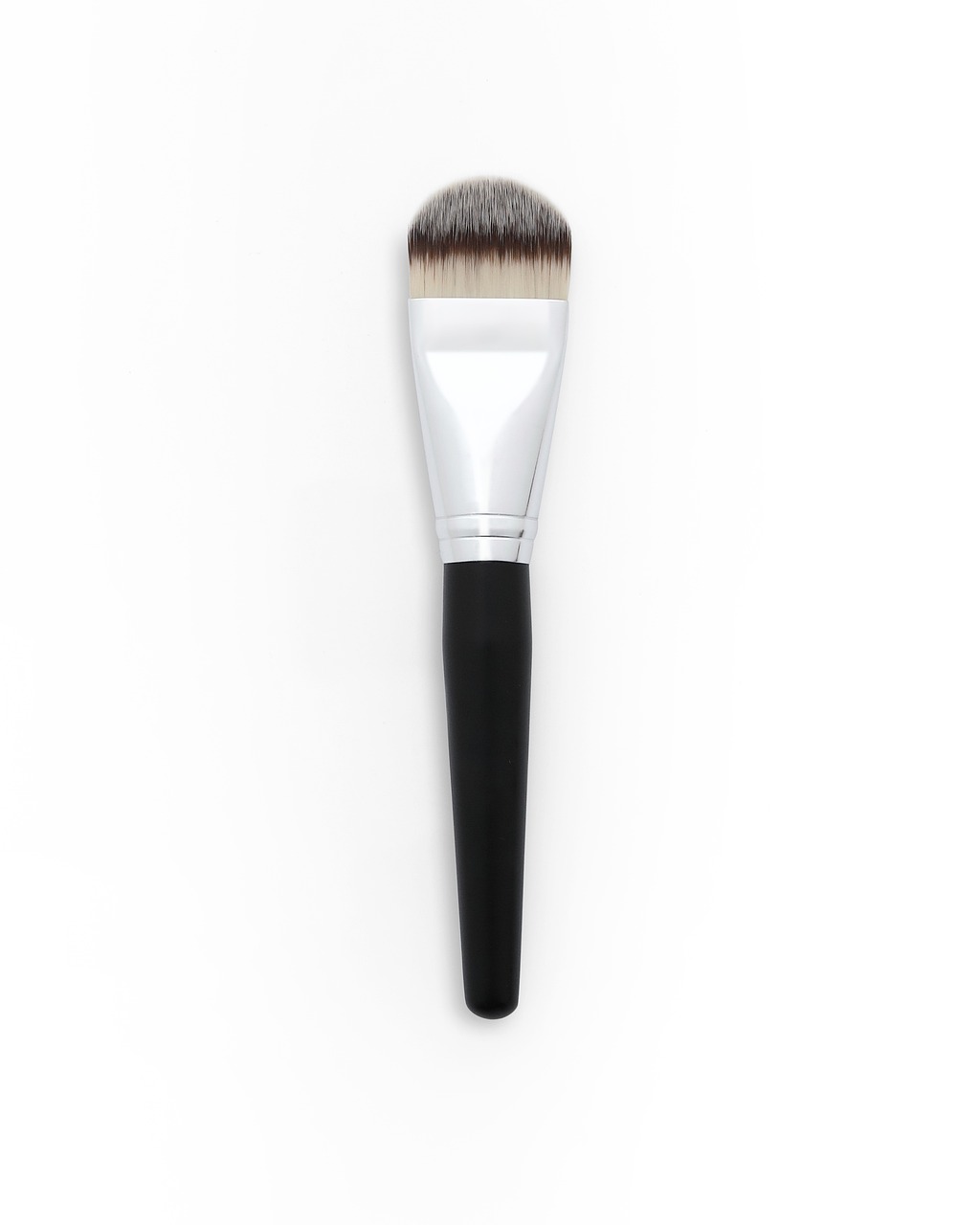Understanding Sól: The Sun Goddess
Sól, the esteemed deity of the sun, has long been venerated across Germany and Scandinavia, with a history that can be traced back to the Bronze Age. In Eastern European traditions, she is identified as Saulė or Saul, holding a significant role among the principal deities in Latvian, Lithuanian, and Baltic pagan beliefs.
Her titles, such as “the shining god” and “Bright bride of heaven,” highlight her radiant nature. She is also referred to as Sunna in Old High German, giving rise to the naming of Sunday in her honor. Sól is frequently seen with her brother, Máni, the god of the moon.
In all Nine Realms, Sól is honored under various nicknames: “Sun” in Miðgarðr by humans; “Sunshine” by deities in Ásgard; “Dvalinn’s Deluder” by dwarfs in Svartalfheim; “Everglow” by the Jötnar; “Lovely Wheel” in Alfheim; and “All-Shining” by the Æsir.
Illustrated as both the sun itself and as the divine figure controlling it, Sól is depicted as navigating a chariot pulled by fire-horses. These celestial steeds and their radiant orb emanate from the fiery domain of Muspelheim, which predates the formation of Miðgarðr. A more mythologized narrative tells that Sól was once mortal, tasked alongside her brother with the daunting job of driving the sun’s chariot, perpetually evading the wolf pursuing her. Her steeds bear the names Árvakr, meaning “Early Riser,” and Alsviðr, meaning “Swift.” The swift journey of the sun is often linked to her evasion of the wolf, representing solar eclipses as moments when the wolf, named Sköll, threatens to catch up with her.
Sól’s existence is documented in various texts, including the Merseburg Incantations and the Poetic and Prose Eddas. Her father, Mundilfari (also known as Alfrodull), is a deity linked to timekeeping. Sól is said to have a sister, Sinthgunt, who might embody the morning star or possibly be her offspring. In an enchanting tale, both Sól and Sinthgunt assist Óðin in healing Baldr’s steed.
Much like their father, Sól and Máni are guardians of time, aiding gods and humans in tracking the passage of time. They follow mysterious paths assigned by the divine.
Legend holds that during Ragnarök, Sól will be pursued and consumed by Sköll or possibly Fenrir. Post-catastrophe, she is foretold to give rise to a second sun, her daughter, who will inherit her powers and illuminate the new world, Gimle. This narrative establishes an archetypal connection between Sól and the mythical Phoenix of Persian lore.
In Grminismal, Óðin elucidates the existence of a protective shield between Sól and the lower realms, suggesting that without it, the earth and oceans would face destruction.
Reflections on Sól
Alongside the veneration of Saulė in Baltic Europe, the Celts also worshiped her as Sulis, a goddess associated with hot springs believed to be empowered by the sun’s warmth. Sól shares characteristics with Japan’s sun goddess, Amaterasu, and echoes the demi-goddess Phoenix from Persian tales. Furthermore, she is root-linked to the Hindu sun goddess, Surya.
Some stories suggest that Sól views her ceaseless dash across the sky as an enjoyable pastime, as she stays ahead of her wolfish pursuer.
Symbols and Representations
Sól is often connected with solar imagery, flames, chariot drawn by horses, bellows, and wheels. She embodies themes associated with summer, midsummer, the day Sunday, and is often depicted with gold and the rune Sól.
Notable Names and Variants
Sól is known by various names including Sunna, Sun, Sunnu, Gull, Surya, Sulis, Saule, Saul, Tsar, and Solniste.



